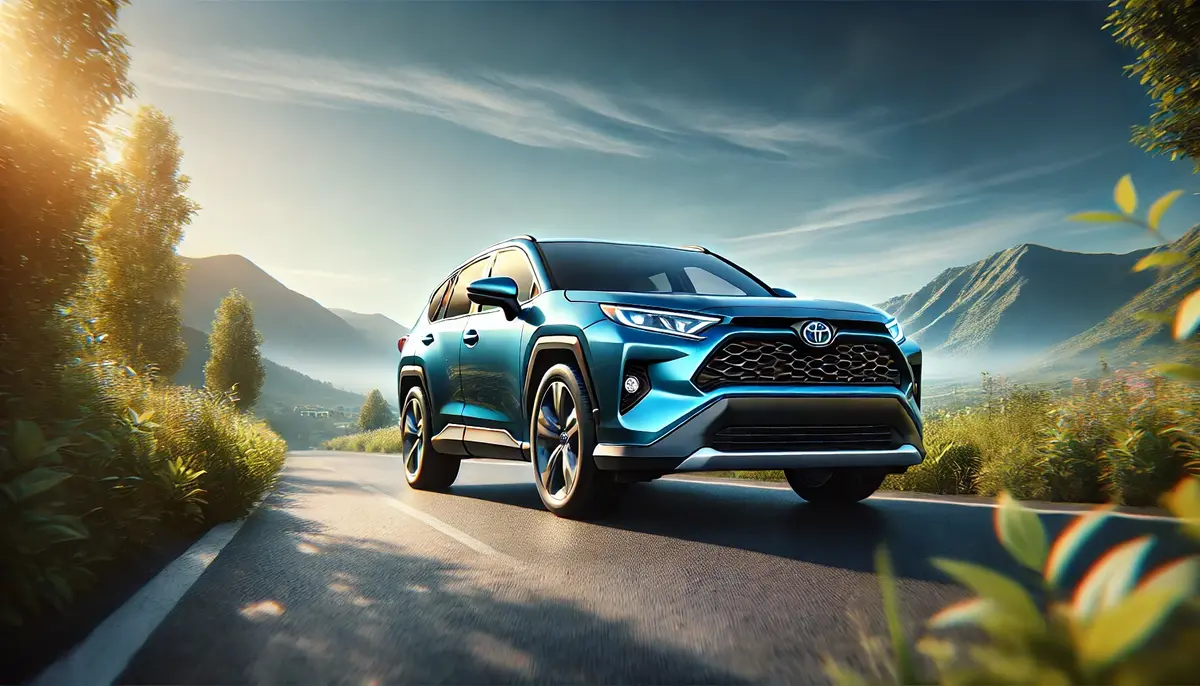The global push toward sustainable transportation has placed Plug-in Hybrid Electric Vehicles (PHEVs) at the forefront of the automotive revolution.
These vehicles, which combine the efficiency of electric motors with the reliability of internal combustion engines, offer a practical solution to current challenges like limited charging infrastructure and range anxiety.
With rapid technological advancements, the future innovations in PHEVs promise to deliver vehicles that are not only more efficient but also aligned with global sustainability goals.
This article provides a comprehensive overview of PHEVs, their evolving technology, and the trends shaping their future.
From groundbreaking battery innovations to advanced energy management systems, we explore the transformative potential of these vehicles in addressing both consumer and environmental needs.
Future Innovations in PHEVs
Understanding Plug-in Hybrid Electric Vehicles
What are PHEVs?
PHEVs are a type of hybrid vehicle that includes both an internal combustion engine (ICE) and an electric motor powered by a rechargeable battery.
Unlike traditional hybrids, PHEVs can run solely on electricity for a certain range before switching to gasoline power, providing a balance between fuel efficiency and extended driving range.
Key Features of PHEVs
- Dual Power Systems:
PHEVs seamlessly combine electric and gasoline propulsion, allowing drivers to choose between energy sources based on convenience and driving conditions. - Electric-Only Mode:
These vehicles can operate entirely on electricity for short trips, reducing fuel consumption and emissions. For example, many current PHEVs offer electric ranges between 20 and 50 miles. - Regenerative Braking:
This system captures kinetic energy during braking and converts it into electricity, which is stored in the battery for later use. - Charging Flexibility:
PHEVs can be charged using standard household outlets, dedicated home chargers, or public charging stations, making them adaptable to various lifestyles.
The Role of PHEVs in Sustainable Transportation
PHEVs serve as a crucial bridge in the transition from traditional gasoline-powered vehicles to fully electric vehicles (EVs).
They offer a viable option for consumers who may not yet be ready to commit to an all-electric vehicle due to concerns such as:
- Range Anxiety: Limited EV range and insufficient charging infrastructure.
- High Initial Costs: EVs are often more expensive than hybrids or PHEVs.
- Charging Time: The longer time required to recharge EVs compared to refueling conventional vehicles.
By addressing these barriers, PHEVs combine the best of both worlds, making them a practical and transitional technology for widespread adoption.
Future Innovations in PHEVs
The future innovations in PHEVs revolve around improving performance, efficiency, and sustainability. Key areas of focus include:
1. Battery Advancements
Battery technology is a critical area of innovation for PHEVs, as it directly impacts range, efficiency, and overall performance.
- Solid-State Batteries:
These batteries replace the liquid electrolyte found in traditional lithium-ion batteries with a solid material, offering higher energy density, faster charging times, and enhanced safety. Companies like Toyota and QuantumScape are already investing heavily in this technology. - Improved Recycling:
Advances in recycling processes aim to reduce the environmental impact of battery production and disposal, making the entire lifecycle of PHEVs more sustainable. - Next-Generation Materials:
Research into alternative materials, such as silicon anodes and lithium-sulfur compounds, promises to further improve battery efficiency and reduce costs.
2. Extended Electric Range
Future PHEVs are expected to offer significantly longer electric-only ranges, with some models targeting up to 100 miles on a single charge.
This advancement will make PHEVs even more appealing for urban commutes and short trips.
3. AI-Powered Energy Management
Artificial intelligence is transforming how PHEVs manage energy usage.
Smart systems will analyze driving habits, traffic conditions, and even weather to optimize the use of electric and gasoline power.
4. Lightweight Design
The use of lightweight materials, such as carbon fiber and high-strength aluminum, will reduce vehicle weight, improving both fuel efficiency and electric range.
5. Wireless Charging
Emerging wireless charging technologies will eliminate the need for physical connections, allowing PHEVs to charge automatically when parked over a charging pad.
Plug-in Hybrid Technology Trends
The current trends in plug-in hybrid technology emphasize efficiency, convenience, and integration with broader sustainability efforts.
1. Regenerative Braking Enhancements
Modern PHEVs are leveraging improved regenerative braking systems to capture more energy and increase battery efficiency.
2. Integration with Renewable Energy
Future charging systems will connect seamlessly with renewable energy sources, such as solar and wind power, allowing PHEVs to operate with minimal carbon footprint.
3. Vehicle-to-Grid (V2G) Systems
PHEVs with V2G capabilities can return excess electricity to the grid, acting as mobile energy storage units. This innovation not only supports the energy grid but also offers cost-saving benefits for owners.
Real-World Examples of PHEV Innovations
Several automakers are leading the way in developing innovative PHEVs:
- Toyota RAV4 Prime: Offers a class-leading 42-mile electric range, coupled with Toyota’s reliability.
- BMW X5 xDrive45e: Combines luxury and performance with a 30-mile electric range and advanced energy management.
- Ford Escape Plug-in Hybrid: A more affordable option targeting eco-conscious families.
These models highlight how PHEVs cater to diverse needs, from luxury to affordability.
Challenges and Opportunities
While the future of PHEVs is promising, there are challenges that must be addressed:
Key Challenges:
- Battery Costs: High production costs continue to drive up vehicle prices.
- Infrastructure Gaps: Insufficient charging networks hinder widespread adoption.
- Environmental Concerns: The environmental impact of battery mining and disposal remains a critical issue.
Opportunities:
- Government Incentives: Subsidies and tax credits can make PHEVs more accessible.
- Technological Collaboration: Partnerships between automakers and tech companies can accelerate innovation.
- Consumer Education: Informing buyers about the benefits and capabilities of PHEVs will drive demand.
The Road Ahead
The future innovations in PHEVs are set to redefine the automotive industry, making these vehicles more efficient, accessible, and environmentally friendly.
With advancements in plug-in hybrid technology trends, PHEVs are poised to play a pivotal role in the transition toward sustainable transportation.
As governments and manufacturers continue to invest in green technologies,
PHEVs will remain a vital part of the solution, bridging the gap between traditional vehicles and fully electric alternatives.
By embracing these innovations, we can move closer to a cleaner, greener future.
Conclusion
The evolution of PHEVs is more than just a technological milestone; it is a commitment to sustainability and innovation.
With future innovations in PHEVs and the ongoing development of plug-in hybrid technology trends, these vehicles are set to transform how we think about mobility and environmental responsibility.
The journey has just begun, and the future is electrifying.
You might like: Battery Innovations for PHEVs: How New Technologies Are Revolutionizing Plug-in Hybrids



